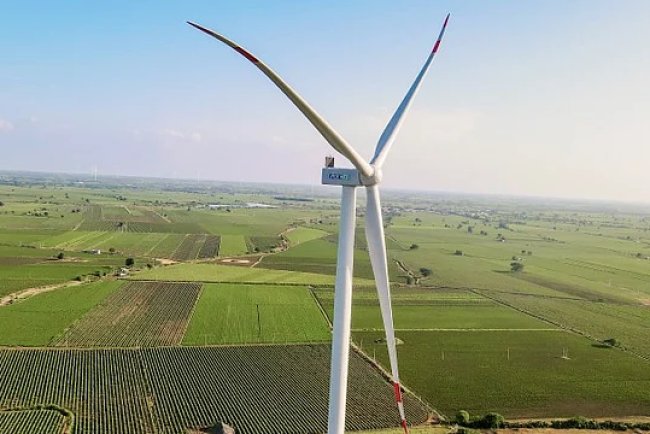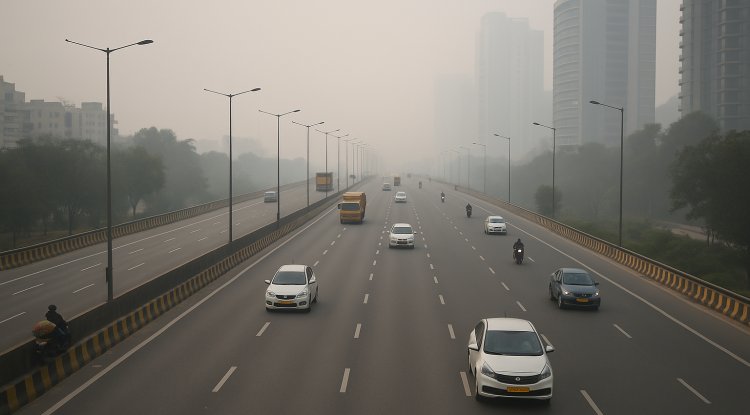India Plans Nuclear Conversion of Thermal Plants by 2047
India aims to convert 10 GW of coal power into nuclear energy using small modular reactors (SMRs) by 2047, targeting net-zero emissions. With 70% of electricity from thermal plants, this shift could cut CO2 emissions by 50% per MW. Pilot projects in Gujarat and Tamil Nadu will use existing grids. However, SMR costs ($5 billion/GW), safety concerns, and uranium import dependence pose risks. The transition may impact 2 million coal-sector jobs, requiring large-scale reskilling. Public-private partnerships, rare earth mining, and global cooperation are key to success.

India aims to convert coal-based thermal power plants to nuclear facilities by 2047, supporting its net-zero emissions goal. This ambitious transition faces technological and financial hurdles but could transform the energy landscape.
The Department of Atomic Energy plans to repurpose 10 GW of thermal plants into small modular reactors (SMRs), each producing 100–300 MW, by 2047. India’s 210 GW thermal capacity, contributing 70% of electricity, emits 40% of the country’s CO2. SMRs, with lower land and water needs, could reduce emissions by 50% per MW compared to coal. Gujarat and Tamil Nadu are prioritized for pilot projects, leveraging existing grid infrastructure. The plan aligns with India’s 500 GW renewable target by 2030, with nuclear capacity at 14.8 GW in 2025.
High capital costs, estimated at $5 billion per GW, and safety concerns pose challenges. Only 20% of global SMR designs are operational, and India’s reliance on imported uranium, with 80% from Russia and Kazakhstan, risks supply disruptions. Posts on X question the feasibility, citing delays in existing nuclear projects. Critics argue that coal phase-out could impact 2 million jobs, requiring reskilling programs. The government’s ₹1.25 lakh crore NLC India plan includes nuclear exploration, but funding remains uncertain.
India’s 22 nuclear reactors and rare earth ambitions, like lithium mining in Mali, support the transition. Public-private partnerships and global collaborations, like the US-India clean energy pact, could accelerate progress, but regulatory streamlining is needed.
Converting thermal plants to nuclear offers a path to net-zero. India must address costs, safety, and workforce transitions to ensure a sustainable energy future.
Source: Outlook Business
What's Your Reaction?

















